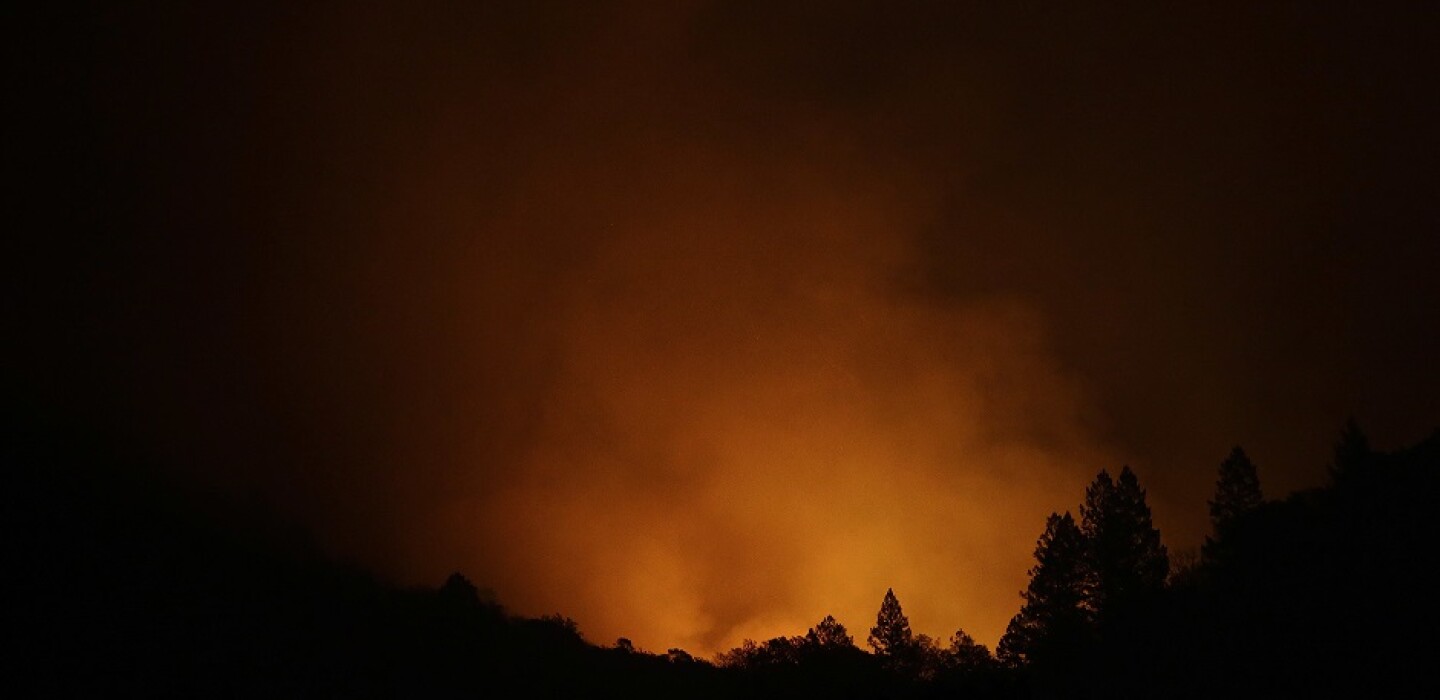
Yuba County, Calif., Model and App Inform During Wildfires
Wildfires have become the norm in California, constantly challenging first responders to get the word out to the public and collaborate with other agencies.
The good news is that technology has made all that easier, enabling fast and seamless communication and collaboration.
Yuba County, Calif., has put some of that technology to work in recent years, educating local residents on how to know when and where they may be affected by a natural hazard and also allowing residents and officials from other counties access to critical information.
When the Scott Fire tore through the foothills and threatened Yuba County, county officials went to the Genasys Protect model and app to guide the public as well as first responder personnel through the process of evacuation.
Yuba County personnel used the model to divide communities into “chunks of real estate” based on geography, the number of people, routes in and out of the county and the different types of hazards in those areas and then message each chunk of residents with specific instructions on what to do and where to go.
“What they can do at any moment in time is make a decision on and understand the context of a potential hazard,” said Charlie Crocker, senior VP of SaaS products for Genasys.
Officials are able to model and understand the extent of the hazard and then select the areas they want to notify via mass notification and quickly send out SMS texts, posts to social media, call people’s landlines if they’ve signed up and send emails. The Genasys public-facing site also allows the public to track the hazard in real time.
“It’s always been a challenge with all these disasters, and especially with wildfires, getting that information out to the public and how exactly do you do that,” said Yuba County Undersheriff Nicholas Morawcznski. “How do you do it in a timely manner and also how do you keep them updated with the information as the incident progresses?”
One of the keys is pre-planning.
As each fire season approaches, the agency conducts a “Know Your Zone” social media campaign to make the public aware of what to expect during the fire season and where to find key data.
“We try to front-load everything and get the information out to the public and make them aware of the software and the program, how to use it, and then [when] an incident comes we continue to reiterate that information,” Morawcznski said. “We’re constantly messaging out to the public to check the site and keep updated on information.”
Morawcznski said the tech has been a public safety game-changer.
“For us to be able to pre-load all these particular zones and designate traffic control points before an incident happens, designate what the evacuation points are going to be and activate all of that information with the click of a button is huge,” he said.
Having a common picture of events for all public safety agencies to see at the same time also helps collaboration.
“It’s a joint command with fire and law enforcement, and there’s always been a little bit of a struggle in getting on the same page,” Morawcznski said. “With both of our local fire districts and Cal Fire using the system with us, we’re all running off the same map and information and it makes it that much easier to respond.”
The agency also often gets calls from people in neighboring counties asking about relatives during a wildfire or other disaster. Officials are able to point them to the site for information on where the fire or disaster and evacuation orders are.
“We can direct them to the site to check on grandma’s house or someone else who may live in the area,” Morawcznski said. “So it’s broad in a sense that we can provide a lot of information to a lot of people for a lot of different reasons.”


Average Rating